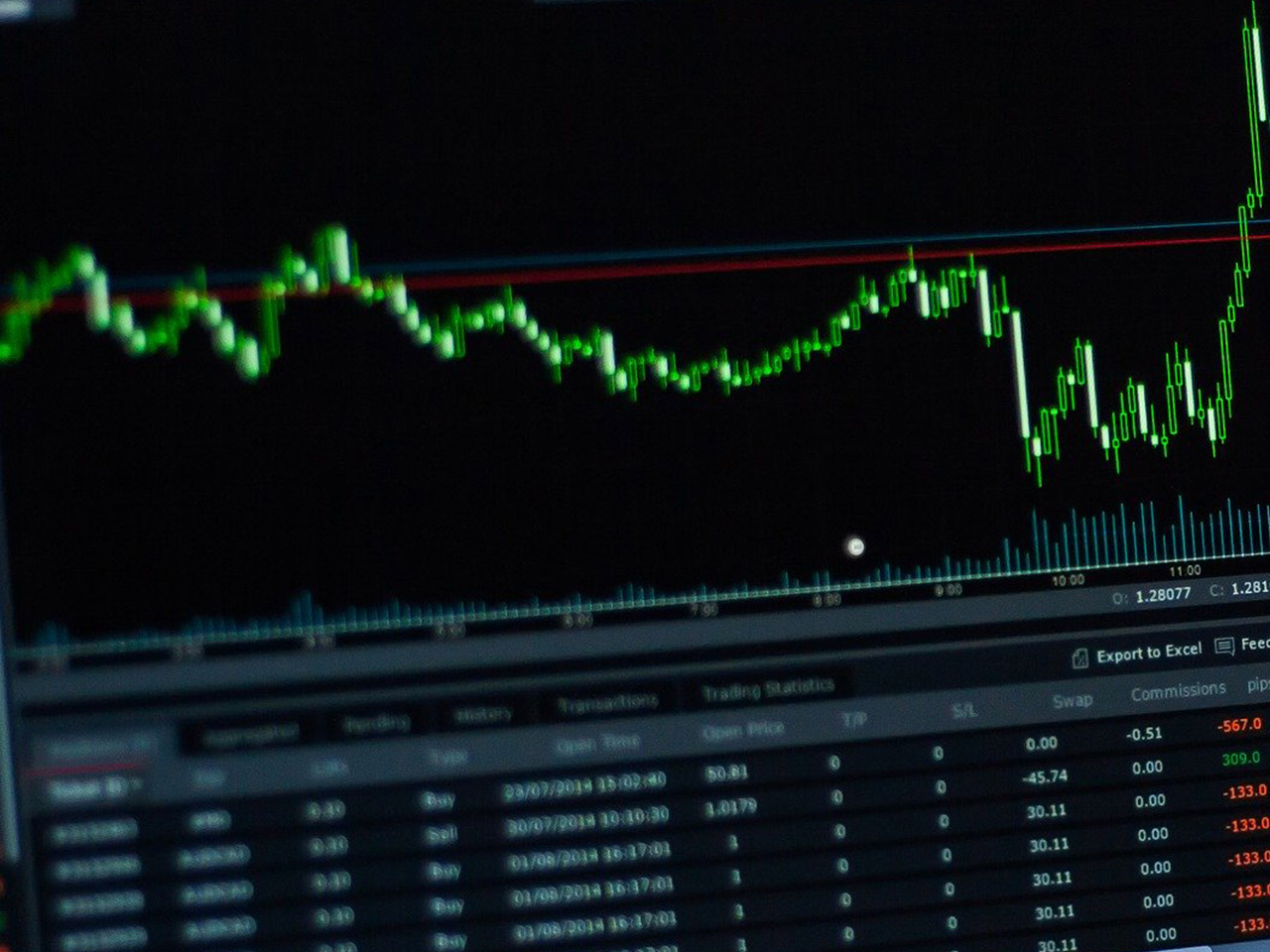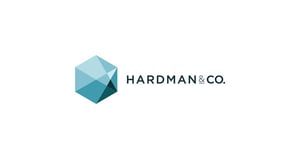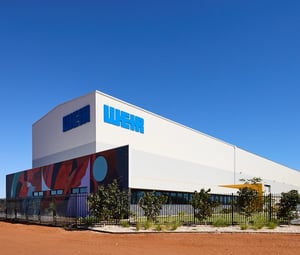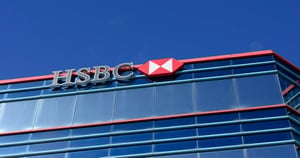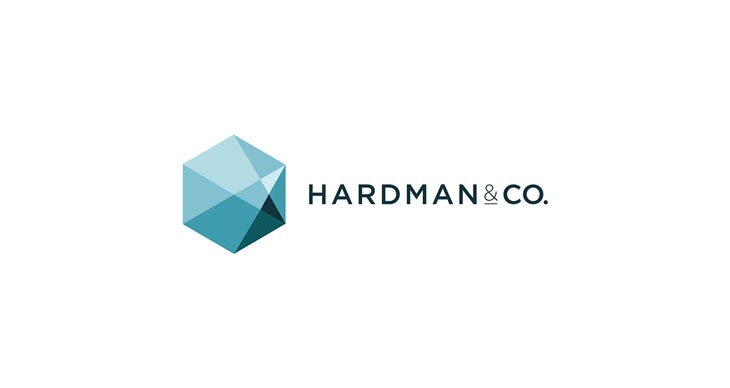The Sage Group PLC, listed under the stock symbol SGE.L, stands as a formidable player within the technology sector, specifically in the software application industry. With its headquarters based in Newcastle upon Tyne, United Kingdom, Sage has carved out a significant niche, particularly in providing technology solutions and services for small and medium-sized enterprises (SMEs) across global markets, including North America, Europe, the UK, Ireland, Africa, and Asia-Pacific.
As of the latest market data, Sage’s market capitalisation reaches an impressive $10.42 billion, reflecting its robust position within the industry. Currently, the stock trades at 1090.5 GBp, maintaining a steady footing with a price change of 3.00 GBp (0.00%) on the day, indicating stability in volatile market conditions. Over the past 52 weeks, SGE.L has witnessed a price range from 969.40 GBp to 1,348.00 GBp, which suggests a significant fluctuation in investor sentiment and market dynamics over the year.
One of the standout features of Sage is its revenue growth, which is reported at a healthy 7.80%. This growth trajectory underscores the company’s ability to capitalise on the increasing demand for comprehensive software solutions tailored to SMEs. Notably, the company boasts a return on equity of 36.78%, showcasing efficient management and a strong capacity to generate returns on investments.
However, investors may find the valuation metrics somewhat challenging to interpret. The absence of a trailing P/E ratio and other key valuation indicators like the PEG ratio and price/book value can complicate straightforward comparisons with sector peers. The forward P/E ratio stands at an anomalously high 2,269.18, which might suggest investor expectations of substantial future earnings growth or potential challenges in earnings forecasts.
On the dividend front, Sage offers a yield of 1.92%, with a payout ratio of 59.48%. This reflects a balanced approach between rewarding shareholders and retaining capital for further investment and growth initiatives. The company’s free cash flow of £538 million further supports its ability to sustain and potentially enhance dividend distributions, providing a cushion for investors prioritising income.
Analyst sentiment towards Sage is somewhat mixed, with 7 buy ratings, 8 hold ratings, and 3 sell ratings. The average target price of 1,348.65 GBp suggests a potential upside of 23.67%, indicating optimism about Sage’s prospects despite its current trading below the 50-day and 200-day moving averages. Technical indicators show a relative strength index (RSI) of 39.93, hinting at potential undervaluation, while the MACD value of -37.34 suggests bearish momentum.
Sage’s comprehensive suite of products, including cloud accounting and financial management software like Sage Intacct, Sage People, and Sage X3, positions it well to leverage the digital transformation wave sweeping across SMEs. These offerings are designed to streamline operations, manage payroll, and enhance overall business efficiency, resonating well in an increasingly digital-first business environment.
As Sage Group PLC continues to navigate the complexities of the technology sector, investors will need to weigh its solid revenue growth and strategic product offerings against the backdrop of its current valuation metrics and market performance. The company’s ability to innovate and adapt in a competitive landscape will be crucial in maintaining its market position and delivering shareholder value.


